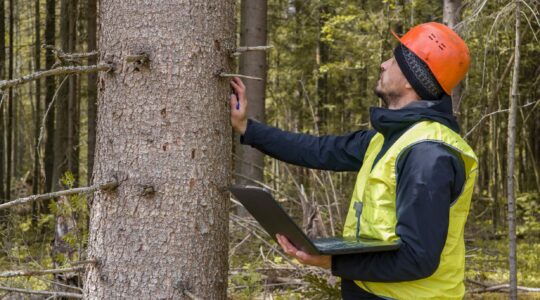The sea-change drain of Australians out of people-soaked capital cities that escalated during the COVID-19 pandemic is still showing signs of momentum.
Detailed population figures released by the Australian Bureau of Statistics (ABS) this week revealed a net loss of 26,900 people out of the capitals due to internal migration in 2022-23.
While the capitals still grew by 517,200 people during the year, this was entirely due to overseas migration and natural population increase.
The figures reinforce the findings of the most recent Regional Movers Index, which tracks regional population flows based on Commonwealth Bank of Australia customer relocation data.
The September 2023 report, released by the Regional Australia Institute (RAI), found that the migration from capital cities to regions was tracking 11.7 percent higher than the pre-COVID average.
The index showed that Queensland’s Sunshine Coast was the most popular destination for Australian regional movers and accounted for a 16.7 percent share of all net internal migration flows, most of these from capital cities.
The ABS figures released this week found that the population of regional Australia grew by 117,300, or 1.4 percent in 2022-23.
In the capitals, Melbourne had the largest population increase at 167,500 and Perth had the highest growth rate at 3.6% percent.
In the same period Greater Brisbane increased by 81,200 people (3.1 percent) and the rest of Queensland increased by 58,300 (2.2 percent).
The Queensland areas with the highest growth rates were:
- Chambers Flat – Logan Reserve (18 percent)
- Pallara – Willawong (14 percent) in Brisbane’s south
- Greenbank – North Maclean (13 percent) in Logan
The Ipswich suburb of Redbank Plains was the prime baby belt in Queensland with a net natural population increase (births minus deaths) of 430.
Detailed population figures can be found on the Australian Bureau of Statistics website.






